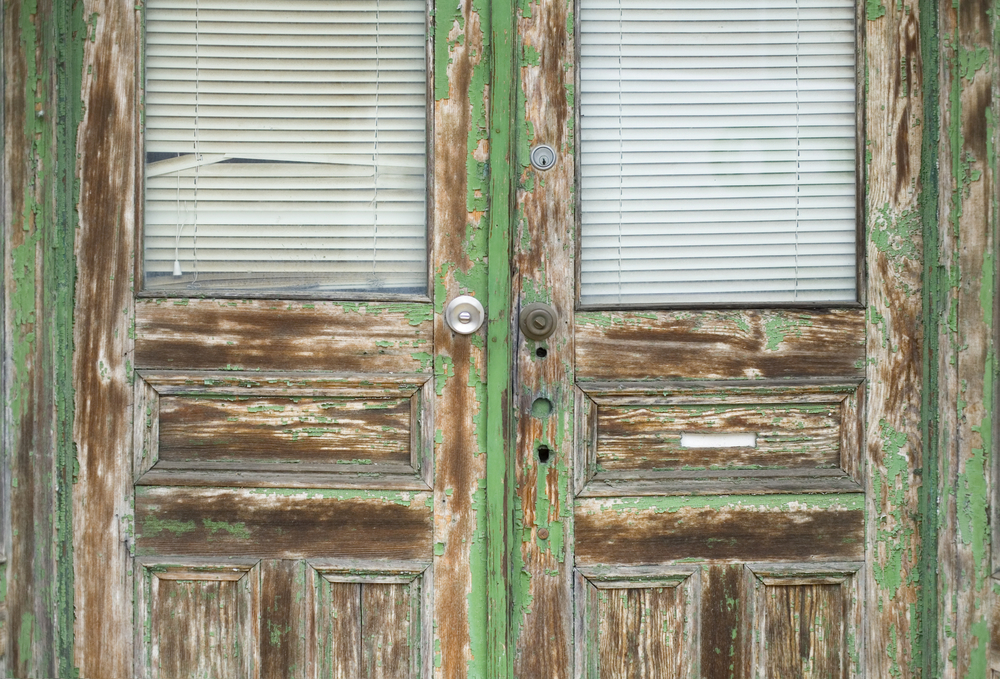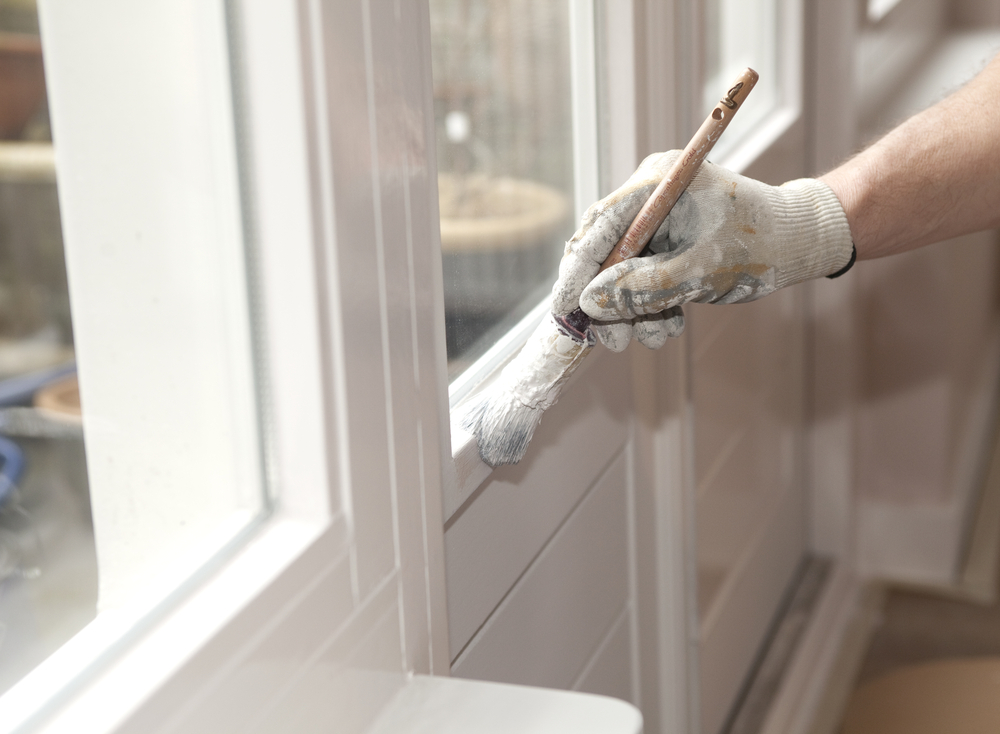Taking the Stress Out of Distressed Properties

This article is #4 of a 4 part series . For additional suggestions checkout the rest of the Stress Free Property Management series.
Stress Free Property Management of Distressed Properties?
In a world of new, shiny rental homes, some hidden gems await. Distressed homes that need repairs are there for the right kind of owner who can add a little polish and create a comfortable, safe residential experience.
Properties that may bear the long-term effects of poor maintenance and management practices or are victims of crime offer investment opportunities. It’s not uncommon for some homes in less desirable neighborhoods to be heavily discounted and sell for below market value.
“They require more work, more effort,” says Jim Stock, who owns Florida-based Vision Management, LLC*, which specializes in turning distressed properties into family-oriented communities in northern Florida. “They may be older, it’s not the type of product everybody says they’ll put an ad out and increase their occupancy.”
When remodeled, the properties usually don’t get the high-tech amenities or latest gadgets that come with more mainstream apartments. Sometimes, applying discontinued carpet and paint, along with a clean environment, are just the right upgrades to attract new residents who don’t have deep pockets.
Stock looks for sub-prime or distressed multifamily B, C and D properties that may have had a bad reputation and turns them into safe, comfortable communities where residents can set roots. The same principles of revitalizing distressed properties that Stock spoke about at a recent industry conference apply beyond the multifamily realm.

Distressed home market has slowed but gems await
Today’s market for distressed properties has diminished because of a strong economy that has propelled new construction and development. Inventories pale compared to six years ago, when foreclosures brought on by the recession led to a flurry of activity.
This year, the distressed property market is running at all-time lows, especially in the single-family sector. In April, distressed sales accounted for 10 percent of home sales, far less than in 2009 when about half of all sales were from foreclosures or short sales, according to National Association of Realtors data. In addition, foreclosure filings from default notices, scheduled auctions and bank repossession in the first six months of 2015 dropped 13 percent from the previous six months.
As can come with a soft market, upward pricing pressure is minimizing the number of opportunities where an investor can pick up a distressed property for a low price. Within every market, however, are the ugly ducklings that Stock says investors can turn into Cinderella stories.
Managing Distressed Properties is Big Business with Propertyware
‘Character underwriting’ along with providing clean, safe environment
A new coat of paint and upgraded carpet is but a small piece of turning around distressed homes. The bigger brush strokes come with rebuilding the tenant base by providing a safe, clean place to live and, in some cases, working more closely with residents.
Tenant budget counseling sometimes comes with the territory, says Stock. He recommends using the available leasing and management tools, and to not be afraid to go beyond convention leasing approaches under the right circumstances.
Call it a little character underwriting.
“You verify what matters, like criminal background checks, rental history, employment history, expense to income ratio,” he said. “We meet people where they’re at, but it’s not a plug in number and social security and let the computer tell them if they are approved or not. Use your common sense. Help the person who deserves to be helped and cut your losses on the ones who don’t.”
Upgrades may not be trendy, but property will get nicer with age

A key to keeping a property affordable, Stock says, is being frugal but smart. He doesn’t pan designer websites for the latest trends in exterior or interior design. Instead, he heads to the area’s “carpet row”, where carpet and flooring companies warehouse. He establishes relationships with vendors to get first dibs on discontinued items, leftovers and other products that don’t move.
While the carpet or other fixtures may not be trendy, he banks it will be an improvement for the incoming resident.
“You can have cool looking trim, but it doesn’t have to be expensive,” he said. “Make it such that when someone walks in, it’s, ‘Wow, this is nicer than what I’ve been in.’ It doesn’t have to cost that much to make the entrance look nice.”
He hasn’t paid more than $2.50 per square yard for carpet in six years, and he makes use of new discarded paint. Every dollar saved is worth $7-$8 in capitalized value, he says.
“It’s out there,” he said. “It takes work. Our homes get nicer with age, because we keep doing the little things that keep making the home look newer and nicer.”
*For more information on Vision Management, LLC, please contact jimstock63@gmail.com.







